Exposure to high noise levels in the workplace can lead to noise-induced hearing loss, a permanent and irreversible occupational hazard. Implementing noise control measures and hearing conservation programs is crucial for protecting employees from the detrimental effects of excessive noise exposure. In this comprehensive guide, we will discuss the importance of noise control and hearing conservation, explore the strategies for reducing occupational noise hazards, and provide practical tips for implementing effective policies and training programs.
Section 1: The Importance of Noise Control and Hearing Conservation
1.1 The Impact of Noise on Employee Health
Exposure to high noise levels in the workplace can have serious consequences for employee health, including:
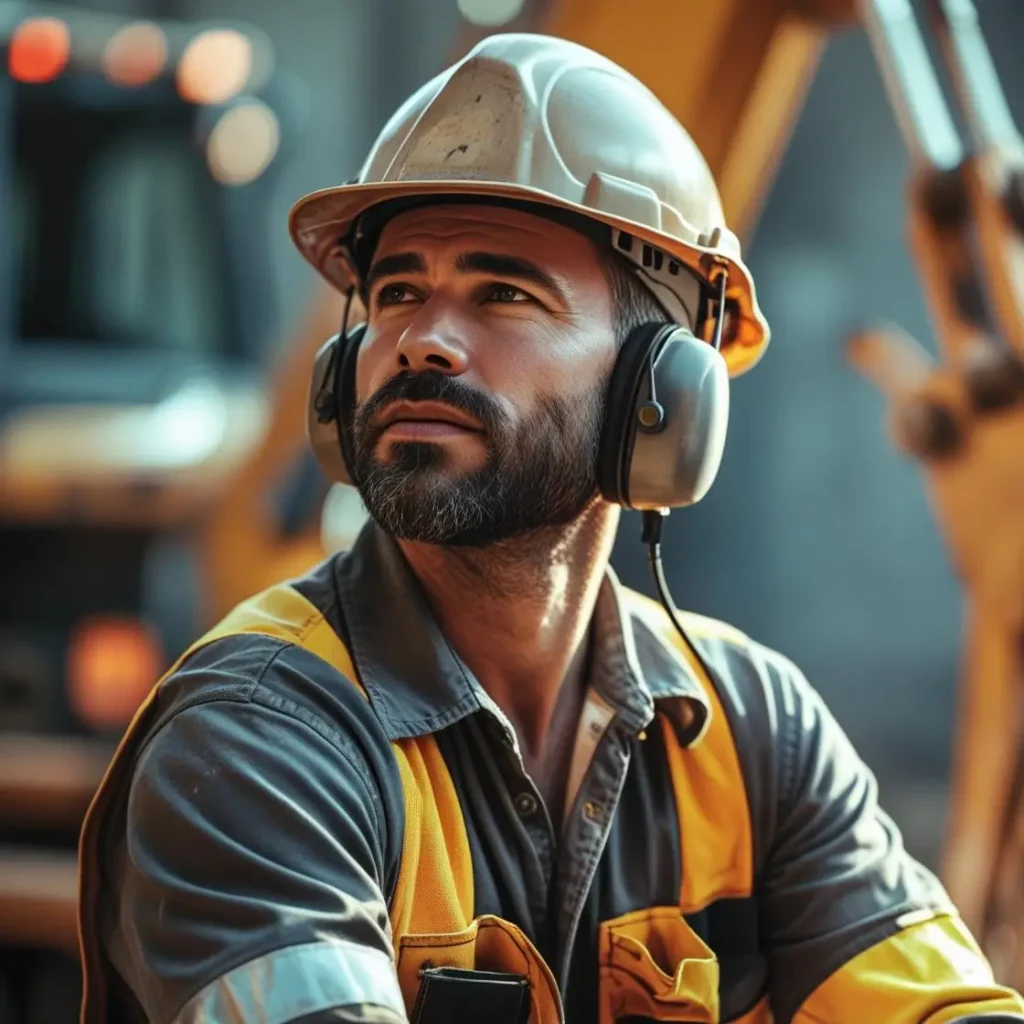
Noise-induced hearing loss (NIHL), which can result in permanent and irreversible hearing impairment

Tinnitus, a persistent ringing or buzzing in the ears, which can be debilitating and affect concentration and sleep

Increased stress levels, leading to a range of physical and mental health problems, such as hypertension, cardiovascular disease, and anxiety
1.2 Compliance with Regulations and Standards
Implementing noise control measures and hearing conservation programs helps organizations comply with occupational safety and health regulations, such as the OSHA Occupational Noise Exposure Standard, as well as industry-specific guidelines and standards. Compliance with these requirements can help organizations avoid fines, penalties, and potential legal liabilities related to employee hearing loss.
1.3 Enhanced Productivity and Employee Satisfaction
Reducing noise levels in the workplace can lead to increased productivity and employee satisfaction by:
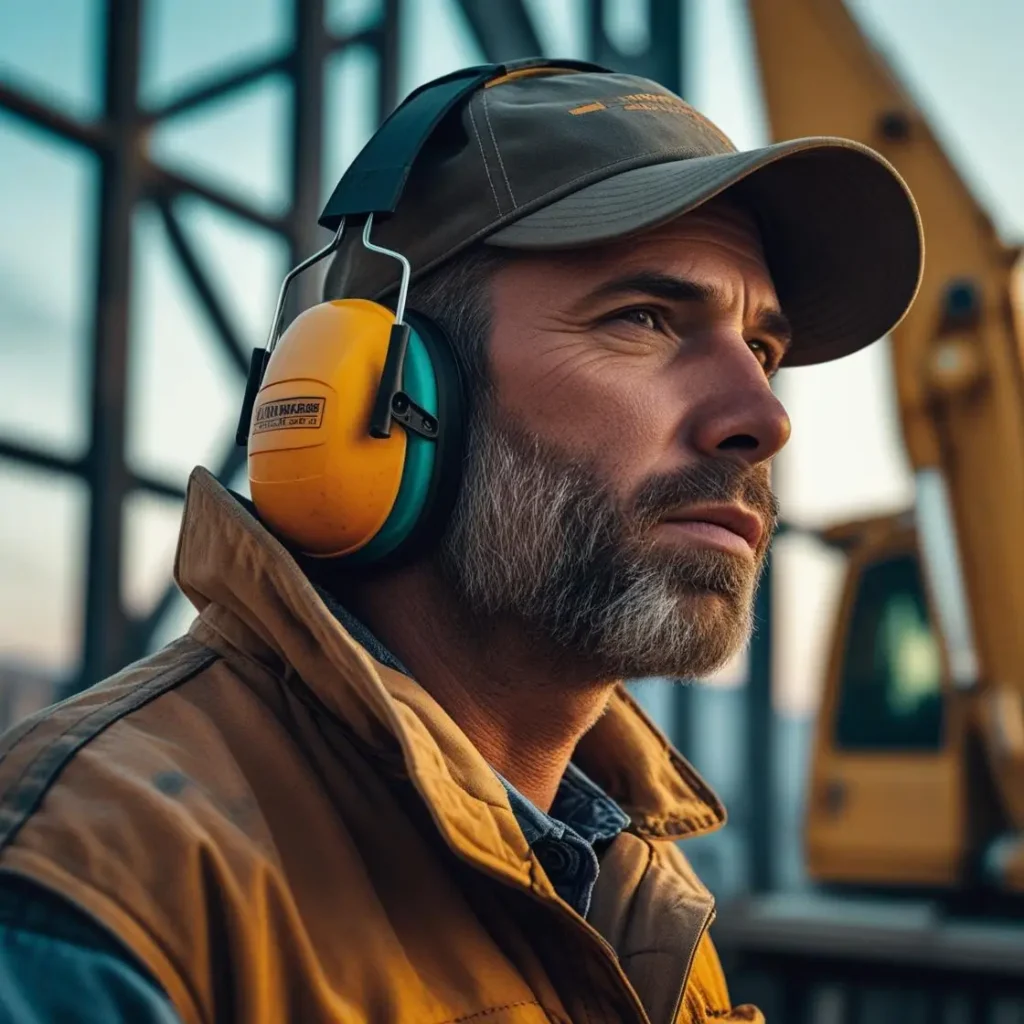
Improving communication, collaboration, and concentration in the workplace

Decreasing the incidence of noise-induced stress and fatigue, which can negatively impact performance and well-being

Demonstrating a commitment to employee health and well-being, which can contribute to a positive work environment and company culture
Section 2: Strategies for Noise Control and Hearing Conservation
2.1 Engineering Controls
Engineering controls are designed to reduce noise levels at the source or along the path of transmission. Examples of engineering controls include:
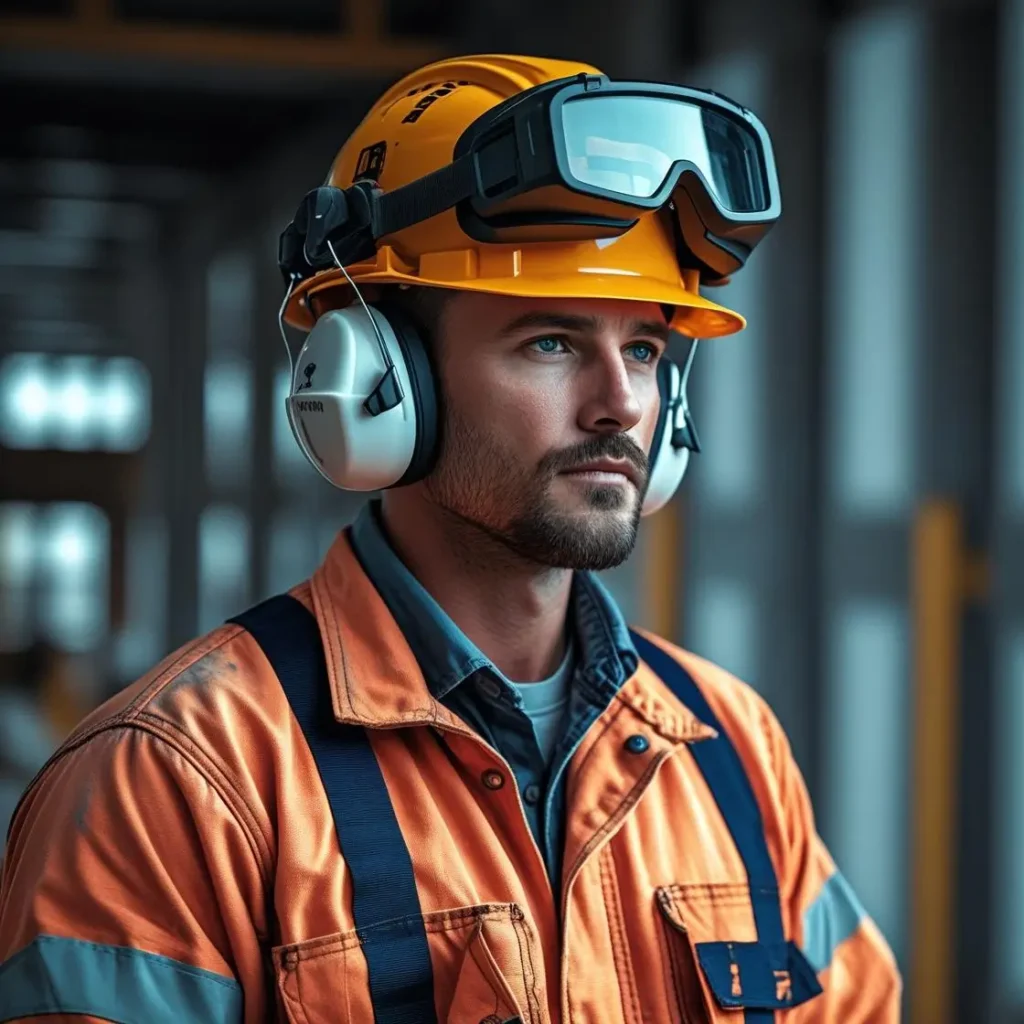
Installing noise barriers or enclosures around noisy equipment

Using noise-dampening materials, such as insulation or acoustic paneling

Implementing equipment modifications or upgrades to reduce noise emissions, such as installing quieter fans or motors
2.2 Administrative Controls
Engineering controls are designed to reduce noise levels at the source or along the path of transmission. Examples of engineering controls include:
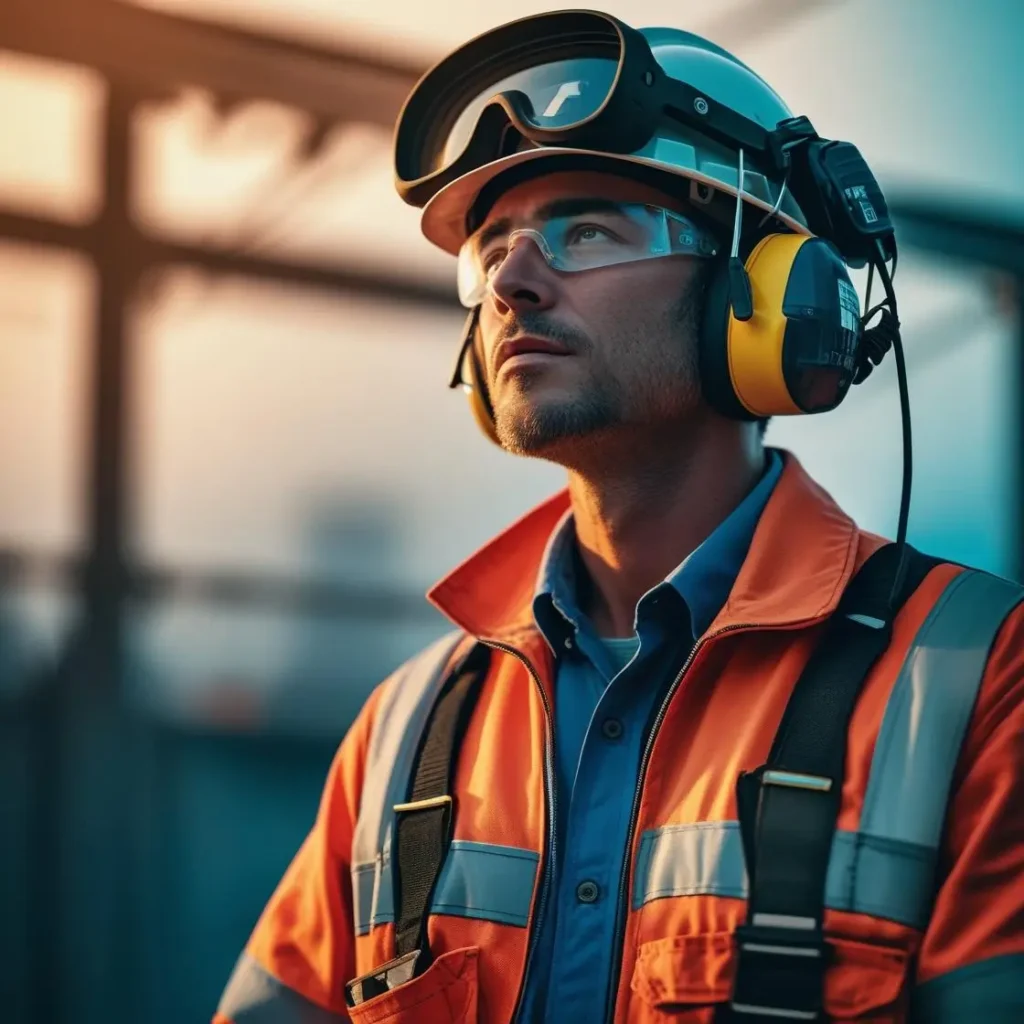
Implementing job rotation schedules to limit the duration of employee exposure to high noise levels

Scheduling noisy tasks or equipment maintenance during times when fewer employees are present or during non-production hours

Establishing designated quiet areas or break rooms for employees to rest and recover from noise exposure
2.3 Personal Protective Equipment (PPE)
When engineering and administrative controls are not sufficient to reduce noise levels to acceptable levels, employees should be provided with appropriate Personal Protective Equipment (PPE) to protect their hearing. Examples of hearing protection PPE include:

Earplugs, which are inserted into the ear canal to block out noise

Earmuffs, which fit over the ears and create a seal to reduce noise transmission

Dual protection, which involves wearing both earplugs and earmuffs for situations with extremely high noise levels
Section 3: Implementing an Effective Hearing Conservation Program
3.1 Noise Assessment and Monitoring
Conduct regular noise assessments and monitoring to identify areas and tasks with high noise levels, as well as employees who may be at risk of excessive noise exposure. This process includes:
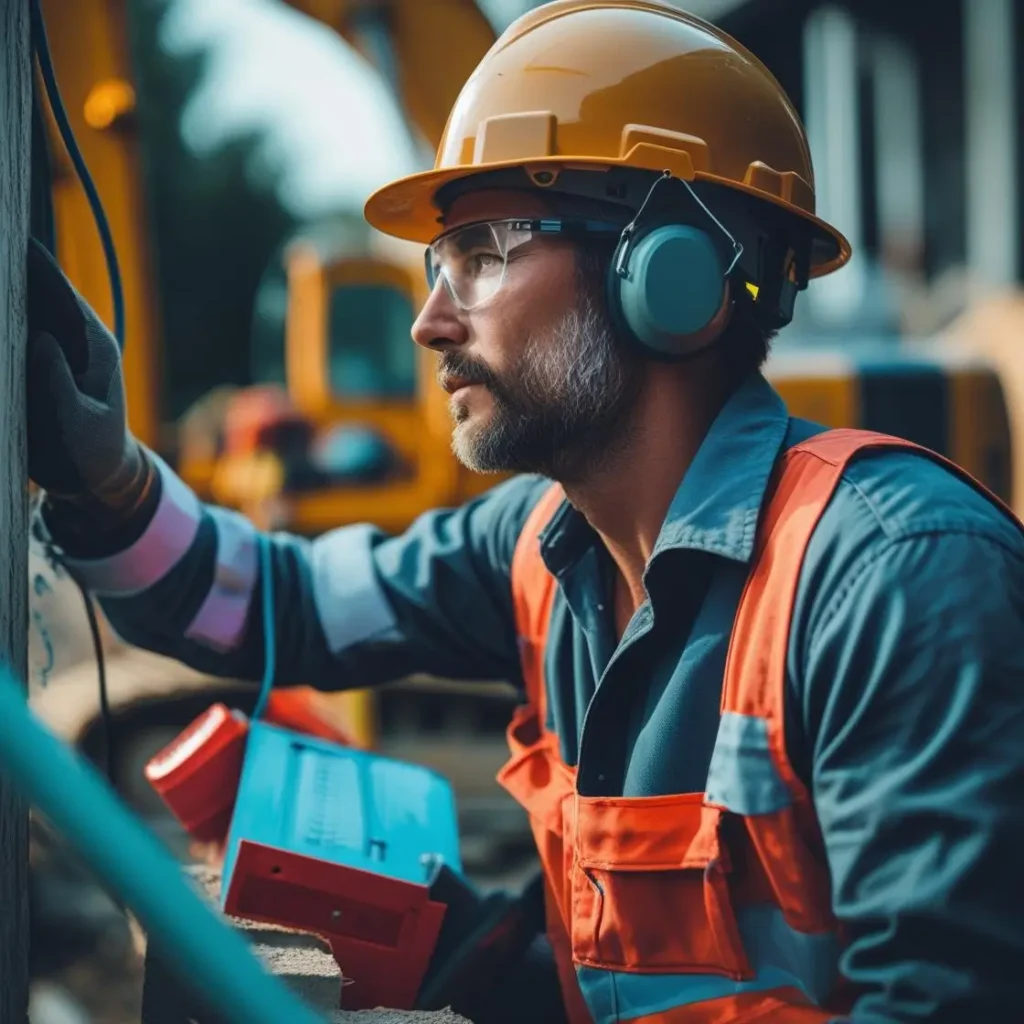
Measuring noise levels using sound level meters or dosimeters to determine if noise exposure exceeds regulatory limits or recommended guidelines

Identifying specific noise sources and assessing their contribution to overall noise levels

Evaluating the effectiveness of existing noise control measures and identifying opportunities for improvement
3.2 Employee Training and Education
Provide comprehensive training and education on noise hazards, hearing conservation strategies, and the proper use and care of hearing protection PPE. Key components of an effective training program include:

Educating employees about the risks of noise-induced hearing loss and the importance of hearing conservation

Providing instruction on the proper selection, use, and maintenance of hearing protection PPE

Offering regular refresher training to reinforce key concepts and ensure employees remain knowledgeable about noise control and hearing conservation best practices
3.3 Hearing Protection Selection and Fit Testing
Ensure that employees are provided with appropriate hearing protection PPE that is comfortable, fits correctly, and provides adequate noise reduction. This involves:

Offering a variety of hearing protection options to accommodate individual preferences and needs

Conducting fit testing to ensure that employees are using hearing protection PPE correctly and achieving the desired noise reduction

Encouraging employee feedback on the comfort and effectiveness of hearing protection PPE, making adjustments as necessary
3.4 Audiometric Testing
Implement a regular audiometric testing program to monitor employee hearing and detect any changes that may be indicative of noise-induced hearing loss. This includes:

Conducting baseline audiometric tests for employees when they are first hired or when they are assigned to tasks with high noise exposure

Providing annual audiometric tests to monitor employee hearing over time and identify any significant changes in hearing thresholds

Evaluating audiometric test results and taking appropriate action if hearing loss is detected, such as reevaluating noise control measures, adjusting hearing protection PPE, or providing additional training
3.5 Recordkeeping and Program Evaluation
Maintain accurate records of noise assessments, audiometric test results, and hearing conservation training activities. Use these records to evaluate the effectiveness of the hearing conservation program and identify opportunities for improvement. This includes:

Tracking trends in noise exposure and hearing loss to identify potential problem areas or emerging risks

Reviewing the success of noise control measures and hearing conservation initiatives, making adjustments as necessary to improve program effectiveness

Ensuring compliance with regulatory recordkeeping requirements, such as maintaining records of employee noise exposure and audiometric test results
Conclusion
Noise control and hearing conservation are essential components of workplace safety, protecting employees from the serious health consequences of excessive noise exposure. By implementing effective noise control measures, developing comprehensive hearing conservation programs, and fostering a culture of safety and awareness, organizations can safeguard employee hearing and promote a healthier, more productive work environment.




